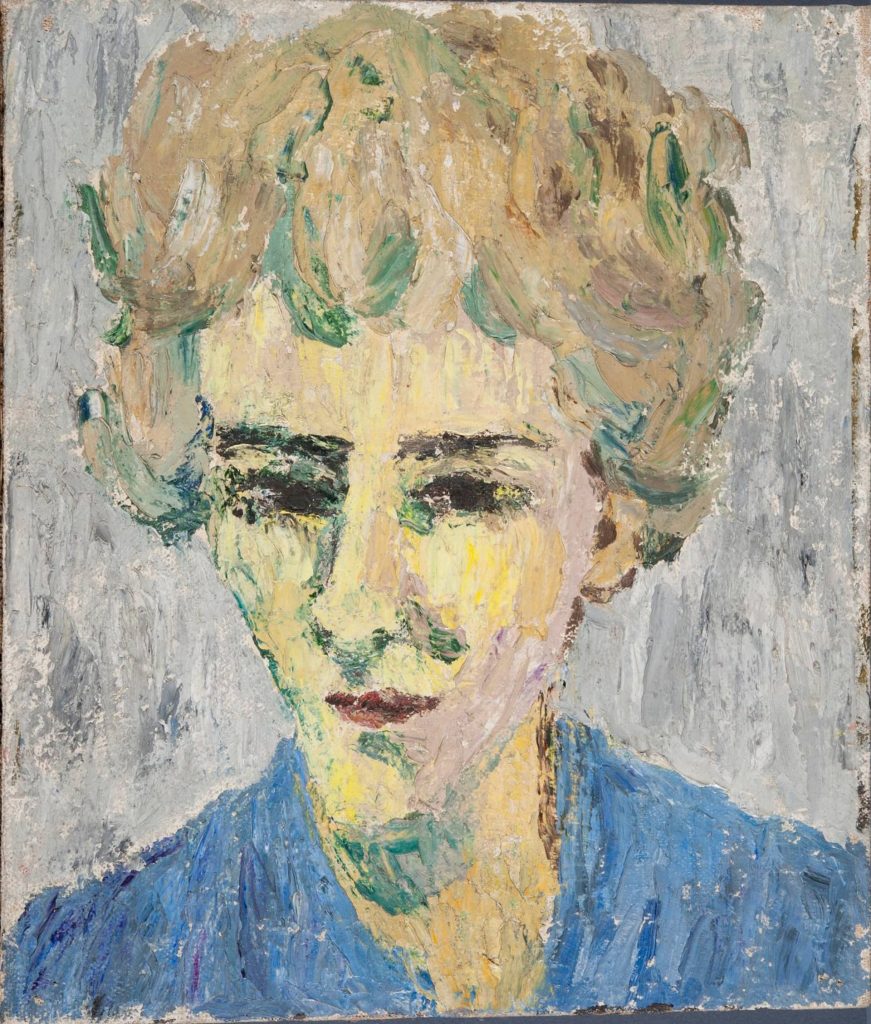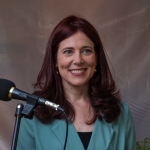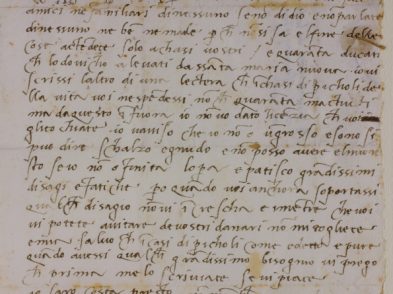This summer, let’s shed light on Florence’s forgotten century. Those who have been in love with the city for a while will have an inkling about which 100 years are still largely undiscovered.
Show us the century where artist Evelyn Scarampi had to fight to find bronze for her sculptures because the War Office needed it to make military equipment. Show us the century where Macchiaioli master Giovanni Fattori was punished and relegated to teach in the “women’s section” at the Scuola di Disegno di Figura, where he would discover some of the greatest minds and the most able brushes of 20th-century Italy, in the persons of Leonetta Cecchi Pieraccini and Fillide Levasti. Show us the century where women photographers like Wanda Wulz and her sister, Marion, played a fundamental role in establishing a new artistic medium that was “perfect for women”, a lightweight, cheap way to make art, which suddenly gave women access to settings previously off-limits to il sesso gentile.

A Century of Women in the Arts: 1866-1966, a new course organized by The British Institute of Florence, in collaboration with the not-for-profit organization Calliope Arts, is poised to start on July 4. Until July 15, culture lovers can focus on the historic women we’ve somehow “never heard of”, whose contributions to the birth of modern Italy are paramount. How did the scientific discoveries of Rita Levi-Montalcini revolutionize her field? How did futurist Marisa Mori capture the world’s sudden fascination with modern transport on canvas? And who knew that Palazzo Strozzi became a hiding place for artist Adriana Pincherle and her entourage when the Nazis invaded Florence?
Janet Ross, Dorothy Nevile Lees, Anna Banti, Maria Luigia Guaita, Adriana Pincherle, Natalia Ginzburg, Emma Bardini, Mary Berenson, Teresa Mattei and Giulietta Fibbi are just a few of the “friends” we’ll meet during the course, and there is nothing like new friends—in person, online or in history—to give that “nudge of encouragement” that is the prelude to accomplishment. The “in-need-of-a-nudge” idea comes from a letter Fillide Levasti wrote to Leonetta Cecchi, in response to the encouragement her friend had provided, urging her to continue producing art against all odds: “Next time, I will be the one who needs a nudge from you. Isn’t that what friendship is all about?”
This July, the contributions of nearly 40 women—artists, writers, scientists, film directors, art historians and collectors—will finally emerge into the limelight. While we wait, I’ve been searching for what the women featured might have had to say about it. Writer Iris Origo, who made biography her business, wrote the following: “Behind each biography there should always be unformulated knowledge, a tapestry that has not been unrolled.”
So, let’s roll out the tapestry—or even the red carpet. There is reason to celebrate: pioneering women are coming to town. We will be there with bells on to greet them.
Course details
The course is made possible thanks to a development grant by Calliope Arts, a not-for-profit organization based in Florence and London, whose mission is to promote public appreciation of art, literature and social history from a female perspective. For more information on the course and how to book your spot, see The British Institute’s website.







